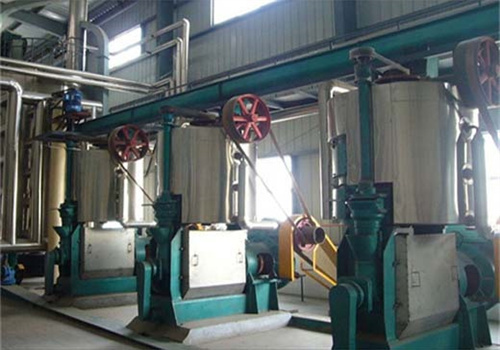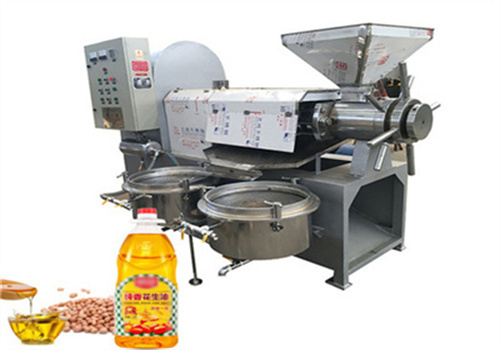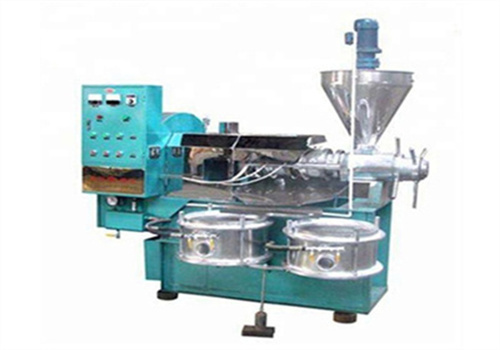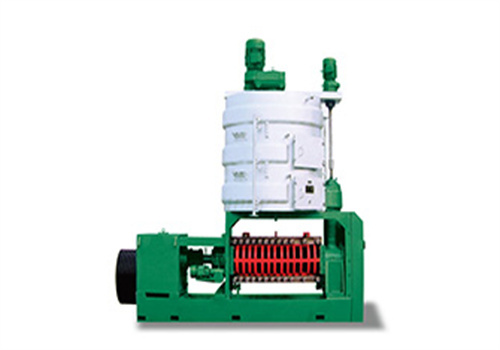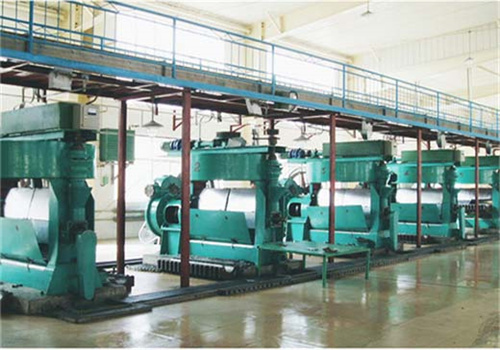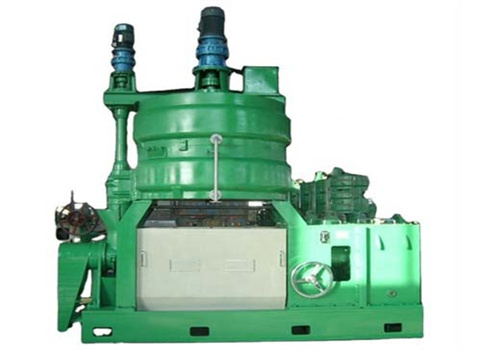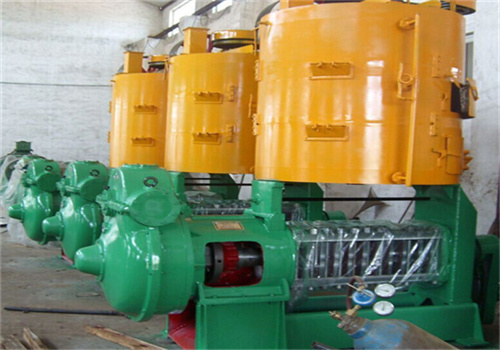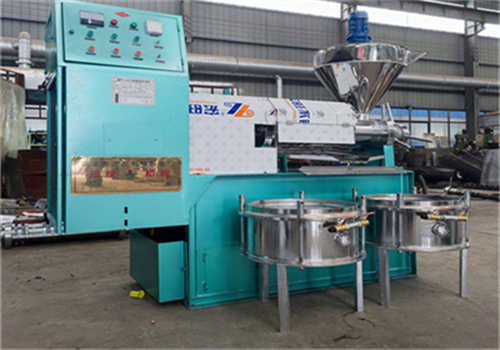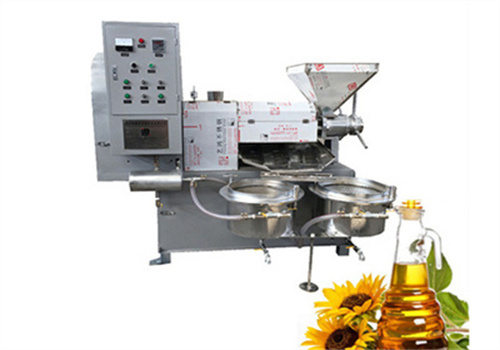how much capital does the lesotho refinery require?
how much capital does the lesotho refinery require?
| Processing Capacity | 150-250kg/h |
| Voltage | 220V |
| Keyword | cooking oil press equipment |
| Power | 22kw |
| Overall dimensions | 2200*720*1030mm |
| Press series | third |
| Weight | 1050kg |
| Service Life | Long |
| Processing Material | Special Agricultural Products |
| Advantage | Low cost |
| After-sales Service | Free spare parts |
3.1 lesotho fuel digital logistics capacity assessment
as long as no oil reserves are discovered, lesotho will continue to import these products. transportation of these products from the durban refinery to lesotho is carried out by road or rail. currently, there are three major depots in maseru with a storage capacity of approximately six days of oil supply.
large economylesotho government,the economy of lesotho presents a relatively open economic and business environment based on free market principles and private ownership of property. any institutional and regulatory constraints that hinder growth are being addressed. lesotho’s fiscal policy
kingdom of lesotho statistical report no. 9: 2023 2022 energy
in addition to lesotho’s abundant hydroelectric power, the country relies heavily on biomass fuels to meet the basic needs of its mainly rural population for cooking and heating space. the country does not have any proven sources of fossil fuels; therefore it has no
small lesothoafrec,wood is the main fuel, with demand exceeding 1,400 kt per year, followed by charcoal, the most used fuel in the capital. guinea-bissau does not have any significant indigenous resources of oil, coal, natural gas or hydroelectricity. therefore, all
lesotho energy statusenergypedia
the kingdom of lesotho is a landlocked country in southern africa, completely surrounded by south africa. it covers an area of just over 30,000 square kilometres (11,583 square miles) and has a population of just over 2 million. maseru is the capital and largest city
high quality no. 10: 2020 energy report 2021 government of lesotho,‘the electricity supply industry in lesotho is dominated by two state-owned entities, the lesotho electricity company (lec), which is the monopoly transmitter, distributor and supplier of electricity, and the lesotho highlands development authority (lhda), which through its ‘muela hydropower station‘ is the main generator of electricity.
energy overview lesothozvei
renewable energy output from the lesotho highlands power project (lhpp) will include 6,000 mw of wind and 4,000 mw of hydroelectricity. this is equivalent to about 5% of the electricity demand of neighboring south africa. lesotho’s hydroelectric potential is estimated to be around 450 mw (reeep, 2012).
factory price statistical report no. 9: 2023 2022 energy,in addition to lesotho’s abundant hydropower resources, the country relies heavily on biomass fuels to meet the basic needs of its largely rural population for cooking and heating space. the country does not have any proven sources of fossil fuels; therefore it has no
3.1 lesotho fuel digital logistics capacity assessment
as long as no petroleum reserves are discovered, lesotho will continue to import these products. transportation of these products from the durban refinery to lesotho can be carried out by road or rail. maseru currently has three major oil depots with a storage capacity of approximately six days of oil supply.
low price energy status in lesothoenergypedia,the kingdom of lesotho is a landlocked enclave country in southern africa, completely surrounded by south africa. it covers an area of slightly more than 30,000 square kilometres (11,583 sq mi) and has a population of slightly more than 2 million. maseru is its capital and largest city.
economygovernment of lesotho
the economy of lesotho presents a relatively open economic and business environment based on free market principles and private property. any institutional and regulatory constraints that impede growth are being addressed. fiscal policy in lesotho
high capacity energy overview lesotho zvei,renewable energy output from the lesotho highlands power project (lhpp) will include 6,000 mw of wind and 4,000 mw of hydroelectricity. this is equivalent to about 5% of the electricity demand of neighboring south africa. lesotho’s hydroelectric potential is estimated to be about 450 mw (reeep, 2012).
lesothoafrec
wood is the main fuel with demand exceeding 1,400 kt per year, followed by charcoal which is the most used fuel in the capital. guinea-bissau does not have any significant indigenous oil, coal, gas or hydroelectric resources. therefore, all
best selling 3.1 lesotho fuel digital logistics capacity assessment,as long as no petroleum reserves are discovered, lesotho will continue to import these products. transportation of these products from the durban refinery to lesotho can be carried out by road or rail. maseru currently has three major oil depots with a storage capacity of approximately six days of oil supply.
no. 10: 2020 energy report 2021 government of lesotho
‘the electricity supply industry in lesotho is dominated by two state-owned entities, the lesotho electricity company (lec), which is the monopoly transmitter, distributor and supplier of electricity, and the lesotho highlands development authority (lhda), which through its ‘muela hydropower station‘ is the main generator of electricity.
economygovernment of lesotho,the economy of lesotho presents a relatively open economic and business environment based on free market principles and private property. any institutional and regulatory constraints that impede growth are being addressed. fiscal policy in lesotho
statistical report no. 9: 2023 2022 energy
in addition to lesotho’s abundant hydropower resources, the country relies heavily on biomass fuels to meet the basic needs of its largely rural population for cooking and heating space. the country does not have any proven sources of fossil fuels; therefore it has no
energy status in lesothoenergypedia,the kingdom of lesotho is a landlocked enclave country in southern africa, completely surrounded by south africa. it covers an area of slightly more than 30,000 square kilometres (11,583 sq mi) and has a population of slightly more than 2 million. maseru is its capital and largest city.
lesothoafrec
wood is the main fuel with demand exceeding 1,400 kt per year, followed by charcoal which is the most used fuel in the capital. guinea-bissau does not have any significant indigenous oil, coal, gas or hydroelectric resources. therefore, all
energy overview lesotho zvei,renewable energy output from the lesotho highlands power project (lhpp) will include 6,000 mw of wind and 4,000 mw of hydroelectricity. this is equivalent to about 5% of the electricity demand of neighboring south africa. lesotho’s hydroelectric potential is estimated to be about 450 mw (reeep, 2012).
